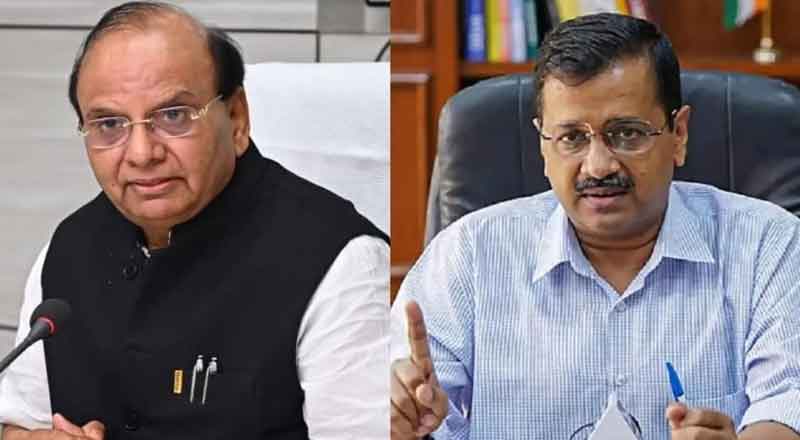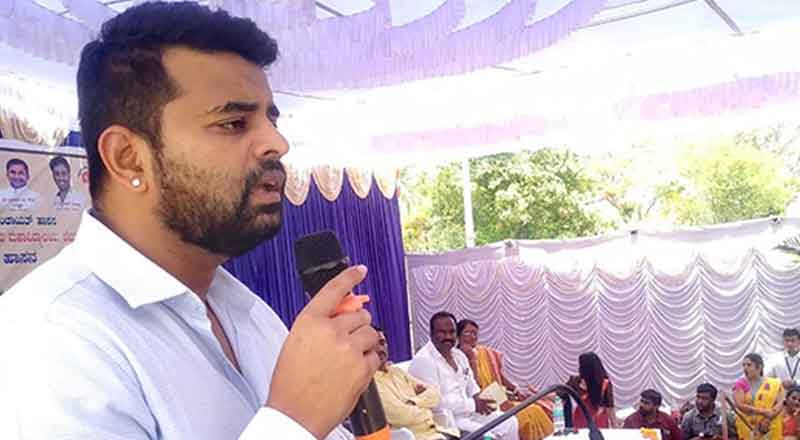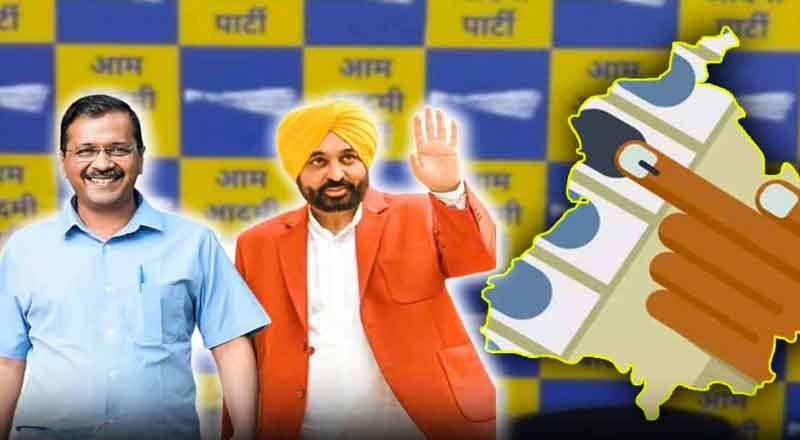The recent developments surrounding the Aam Aadmi Party (AAP) government in Delhi have sent shockwaves through the political landscape, prompting speculation about the party’s longevity and effectiveness. At the heart of this turmoil lies the rejection of Arvind Kejriwal’s petition challenging his arrest, a decision that has cast a shadow of uncertainty over the AAP’s future. Coupled with the resignation of cabinet colleague Rajkumar Anand, these events have triggered a wave of introspection within the party and raised fundamental questions about its leadership and governance.
While Anand may not be a high-profile figure within the AAP ranks, his departure signifies deeper fissures within the party structure. It is an indication that all may not be well within the AAP and that discontent may be simmering beneath the surface. While it would be premature to predict a mass exodus from the party, the possibility of further resignations cannot be discounted, especially given the mounting pressures from investigating agencies.
The AAP has long been the target of political adversaries, with numerous attempts made to destabilize the government since its inception. From bribery scandals to alleged attempts at engineering defections, the party has weathered its fair share of storms. However, the current predicament presents a unique challenge, with Kejriwal’s absence creating a leadership vacuum that threatens to derail the party’s agenda.
Kejriwal’s central role in the AAP’s decision-making process has left the party without a clear direction in his absence. The absence of a structured party hierarchy has rendered it heavily reliant on his leadership, akin to a ‘programmed robot’ following predetermined directives. While Kejriwal’s foresight in anticipating his arrest and delegating responsibilities has provided some semblance of continuity, his incarceration has undoubtedly weakened the party’s resolve.
The recent release of Sanjay Singh, a key figure within the AAP hierarchy, has offered a glimmer of hope for the embattled party. As the third-ranking member after Kejriwal and Manish Sisodia, Singh’s political acumen and grassroots connections could rejuvenate the party’s spirit. However, his return alone may not be sufficient to address the myriad challenges facing the AAP.
Kejriwal’s insistence on running the government from jail has raised concerns about constitutional propriety and moral integrity. While technically permissible, his actions defy established norms and risk tarnishing the party’s image. The absence of a clear succession plan further exacerbates the situation, leaving the party in a state of uncertainty.
The ball now lies in the court of constitutional authorities to address the crisis facing the AAP government. Options range from internal party mechanisms to external intervention by the Lieutenant Governor or central government. While adherence to constitutional traditions is paramount, the urgency of the situation may necessitate decisive action to restore stability to the capital’s governance.
As the AAP awaits the Supreme Court’s verdict and the central government weighs its options, the world watches with bated breath. The outcome of this crisis will not only shape the future of the AAP but also have far-reaching implications for the political landscape of Delhi. In the face of adversity, the AAP must navigate this turbulent period with prudence and integrity to emerge stronger on the other side. Only time will tell whether the party can weather this storm and emerge as a stronger, more resilient force in Delhi’s political arena.
(With inputs from agencies)





